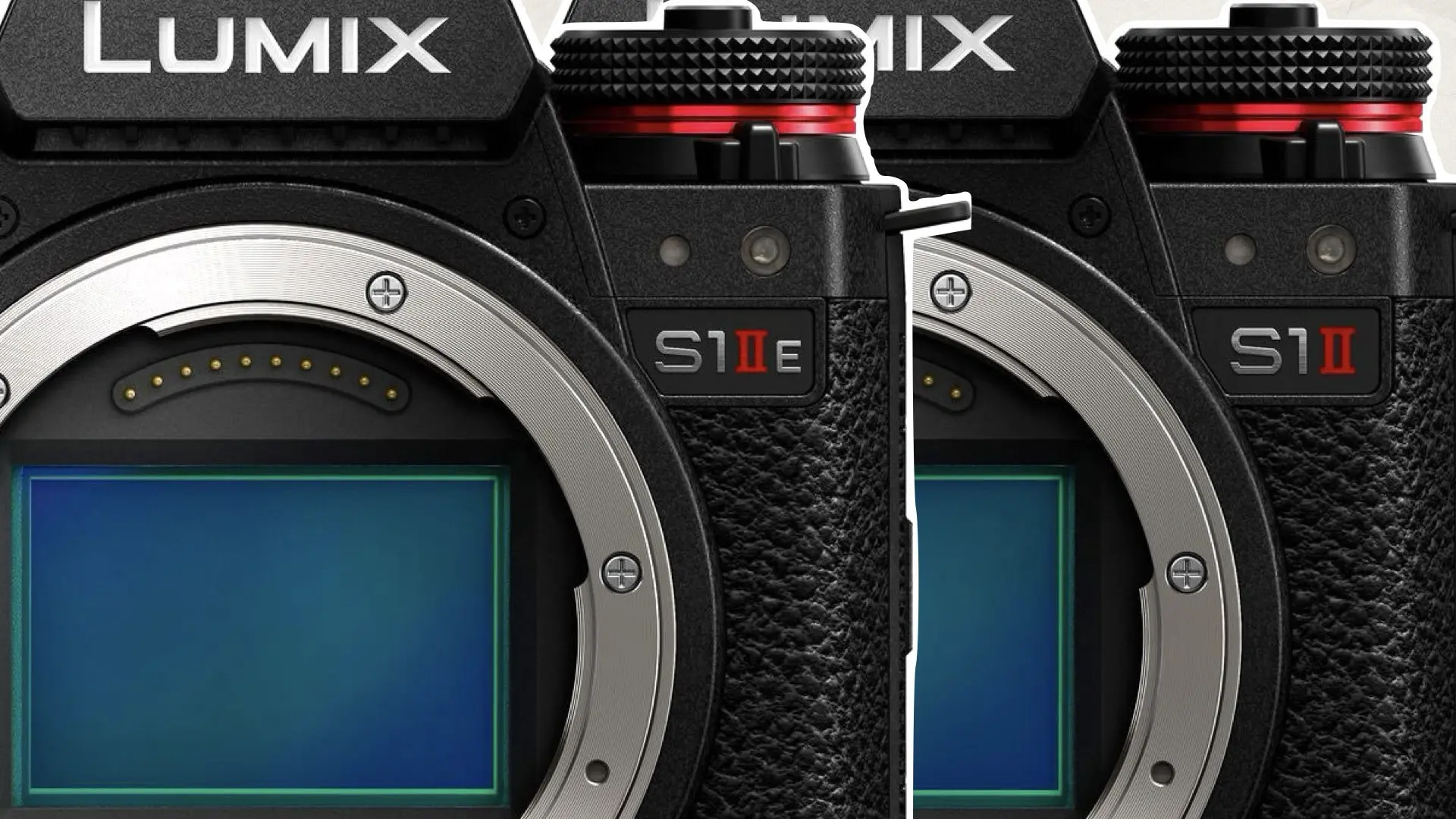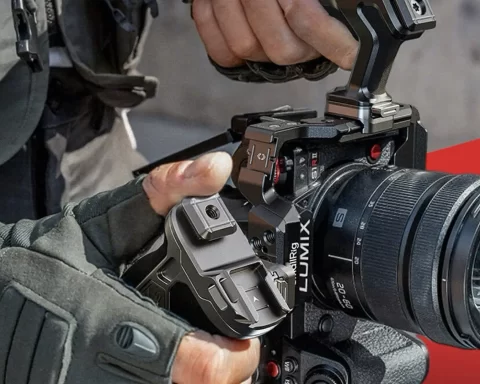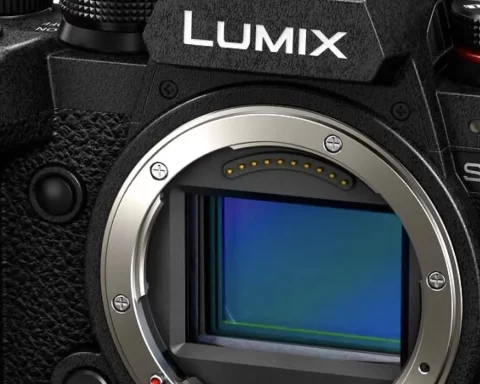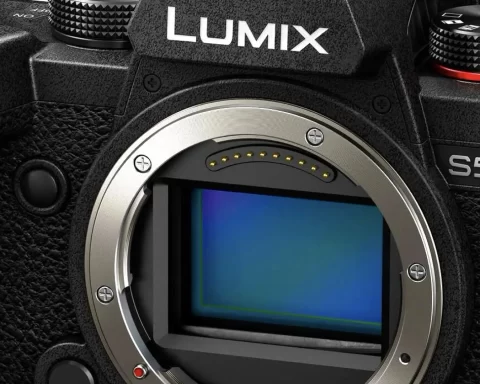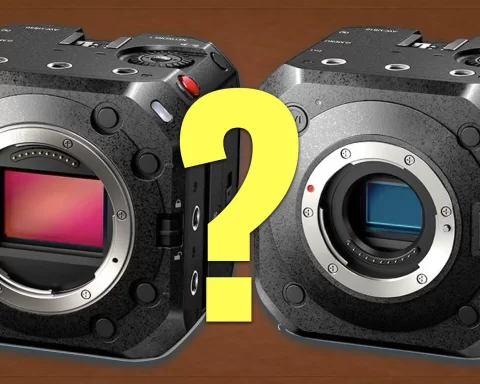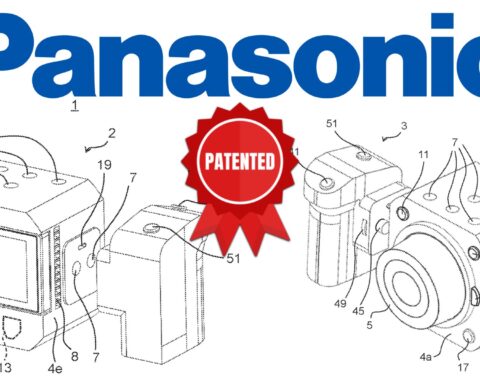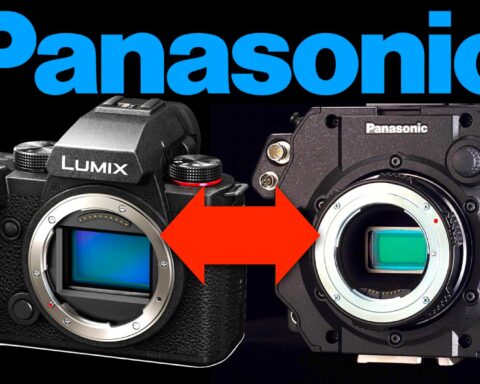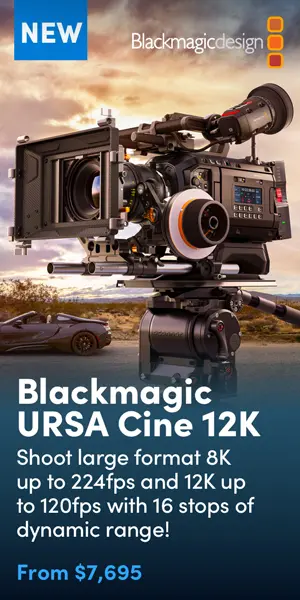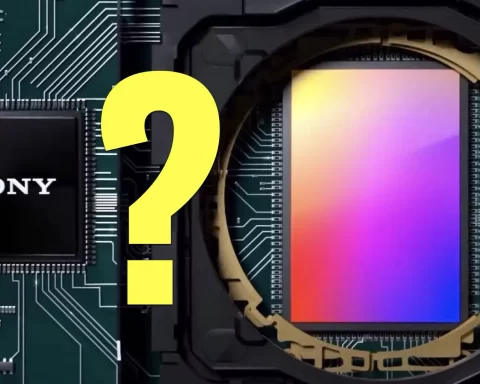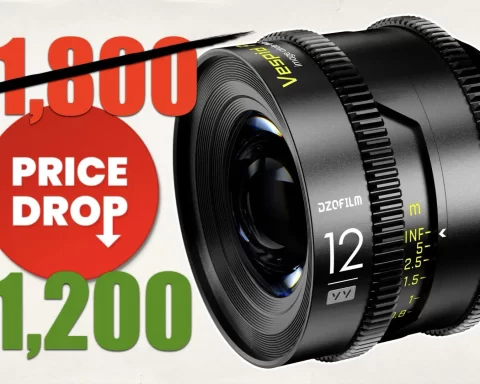Panasonic has officially announced the LUMIX S1 II and LUMIX S1 IIE, full-frame hybrid mirrorless cameras designed for both professional still shooters and video creators. While these models build upon the success of the original LUMIX S1 line, they also symbolize a broader strategy shift by Panasonic—one that places hybrid imaging at the forefront of the company’s vision, particularly as it adjusts its presence in the digital cinema space.
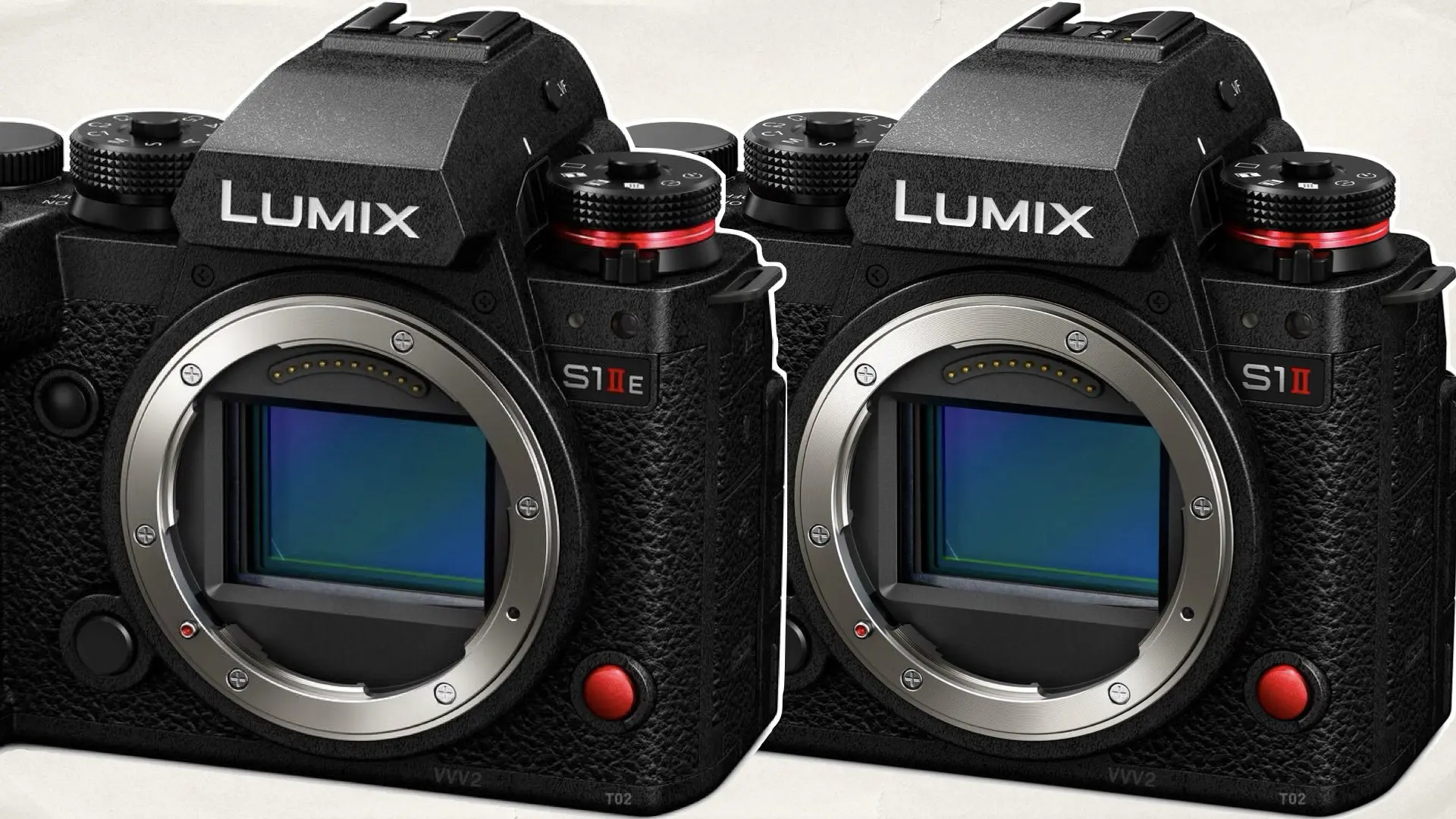
A New Generation of Hybrid Powerhouses
The LUMIX S1 II and S1 IIE represent a refined approach to hybrid mirrorless design. Both cameras feature a 24.2MP full-frame CMOS sensor, powered by Panasonic’s next-gen engine for improved speed and low-light performance. The cameras now offer 14+ stops of V-Log/V-Gamut dynamic range, improved real-time LUTs, and advanced phase-detection AF that greatly enhances continuous autofocus and subject tracking—one of the more requested features in the LUMIX ecosystem. The S1 II and S1 IIE also deliver internal 6K/30p 10-bit 4:2:2 video recording, unlimited recording time thanks to improved heat management, and dedicated video-centric tools like waveform monitors, vectorscopes, and shutter angle adjustments. The S1 IIE model introduces additional professional video features such as LAN connectivity and USB tethering for live production, as well as All-Intra recording and Apple ProRes via SSD—features borrowed from the higher-end S5 IIX. Panasonic has also released a new LUMIX S 24-105mm f/2.8 Macro OIS lens to complement these cameras, reinforcing its commitment to the L-mount ecosystem and to users looking for a complete hybrid kit.
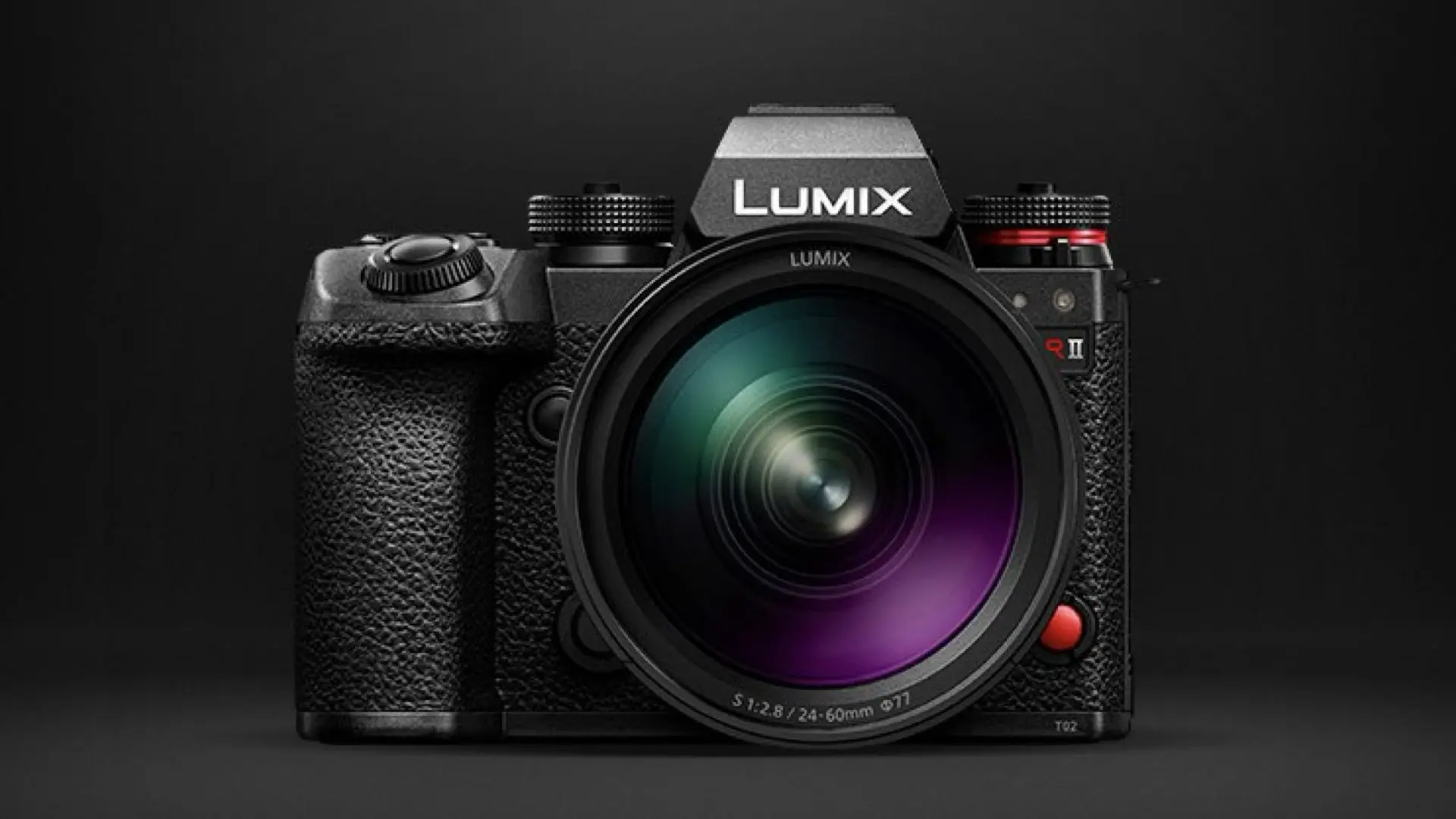
BUY the Panasonic LUMIX S1 II and S1 IIE on B&H | Adorama | Amazon
Panasonic’s Quiet Repositioning in the Cinema Market
The arrival of the S1 II and IIE is not an isolated move—it’s part of a gradual but clear reorientation of Panasonic’s imaging division. While Panasonic’s VariCam and EVA1 lines once competed at the top of the digital cinema space, the company has been strategically emphasizing its LUMIX brand in recent years, especially in the hybrid segment. This trend became apparent as early as 2021 when Panasonic’s CES 2022 presentation prompted questions about the long-term future of its cinema cameras. Since then, Panasonic has subtly but steadily placed more focus on hybrid models, particularly within the LUMIX ecosystem. Although some speculated about the end of the cinema division, Panasonic’s decisions suggest more of a strategic pivot than an exit. Models like the LUMIX S1RII and the continued development of modular cameras like the BGH1 and BS1H show that Panasonic is still committed to serving filmmakers—but under a new paradigm.
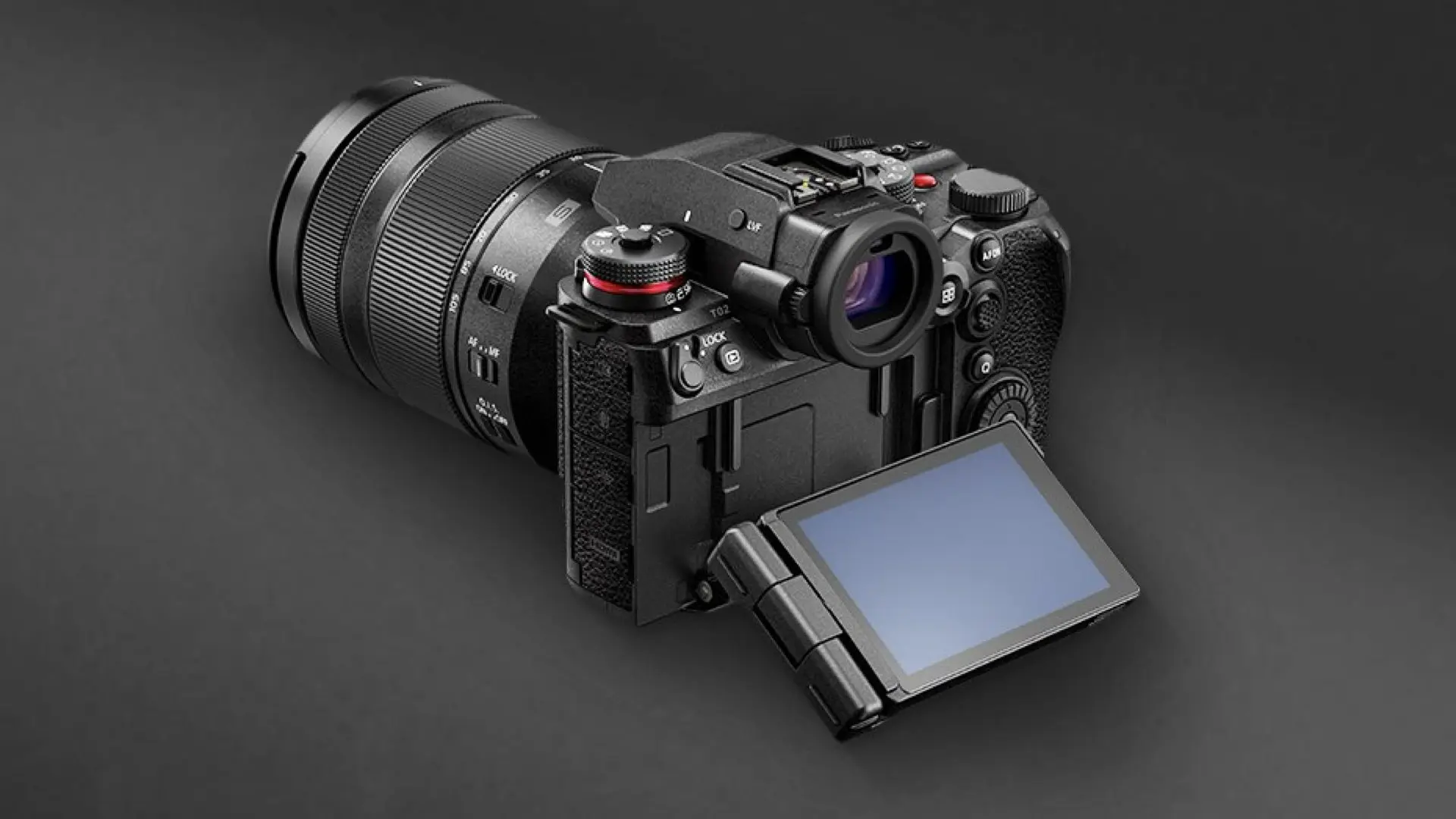
Toward a Unified Vision: Cinema Meets Hybrid
The company’s direction seems to reflect a strategy where hybrid cameras double as powerful cinema tools, eliminating the need for dedicated cinema lines in all but the most niche applications. Indeed, Panasonic has been working on advancing its box-style lineup and even announced the development of a new modular cinema camera in 2024—see Panasonic Develops an Advanced Boxy-Style Cinema Camera. This modular approach bridges the needs of traditional filmmaking with the growing demands of live streaming and multi-cam broadcasting. Additionally, R&D developments such as Panasonic’s work on variable built-in electronic ND filters, organic image sensors, and heat dissipation patents for compact cameras indicate that Panasonic remains invested in professional imaging innovation—though perhaps with a new identity and market in mind. This aligns with Panasonic’s public reinforcement of its imaging business, which hints at a shift toward more integrated solutions—cameras that can serve broadcast, indie filmmaking, photography, and live production all at once.
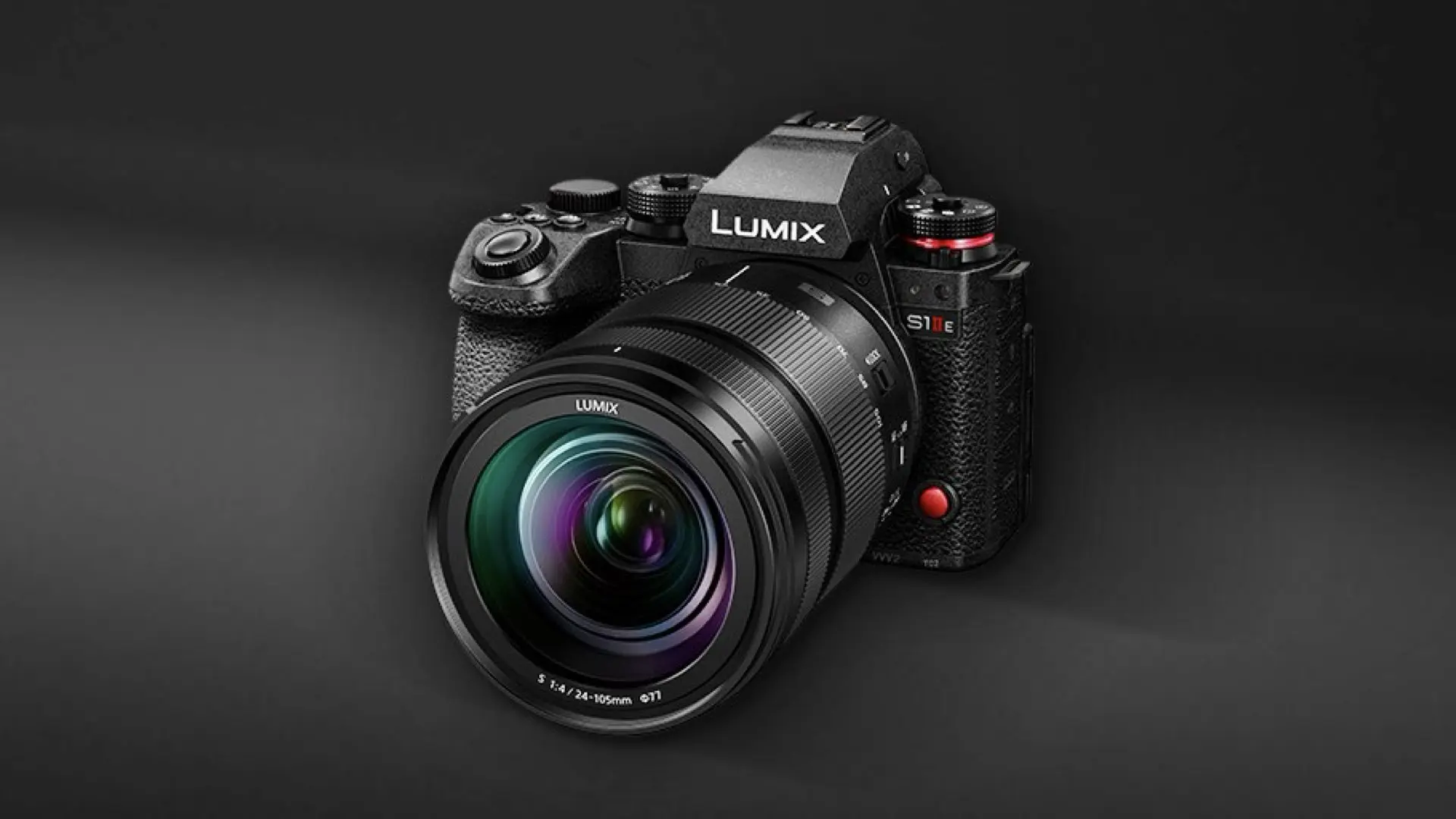
BUY the Panasonic LUMIX S1 II and S1 IIE on B&H | Adorama | Amazon
Balancing Identity and Market Trends
The VariCam line hasn’t officially been discontinued, but its absence from recent product cycles, combined with aggressive discounts and a focus on smaller, modular, or hybrid platforms, suggests Panasonic is allowing the market to evolve without forcing legacy platforms to adapt. Likewise, studio solutions like the AK-PLV100 5.7K Super 35 camera reveal Panasonic’s parallel investment in high-end live production and broadcast. Rather than abandoning cinema, Panasonic is broadening its scope—adapting to a world where mirrorless hybrid cameras increasingly fulfill cinematic needs. With the LUMIX S1 II and S1 IIE, Panasonic is acknowledging a new reality: the lines between cinema, photography, and broadcast are becoming more fluid, and the tools must reflect that.
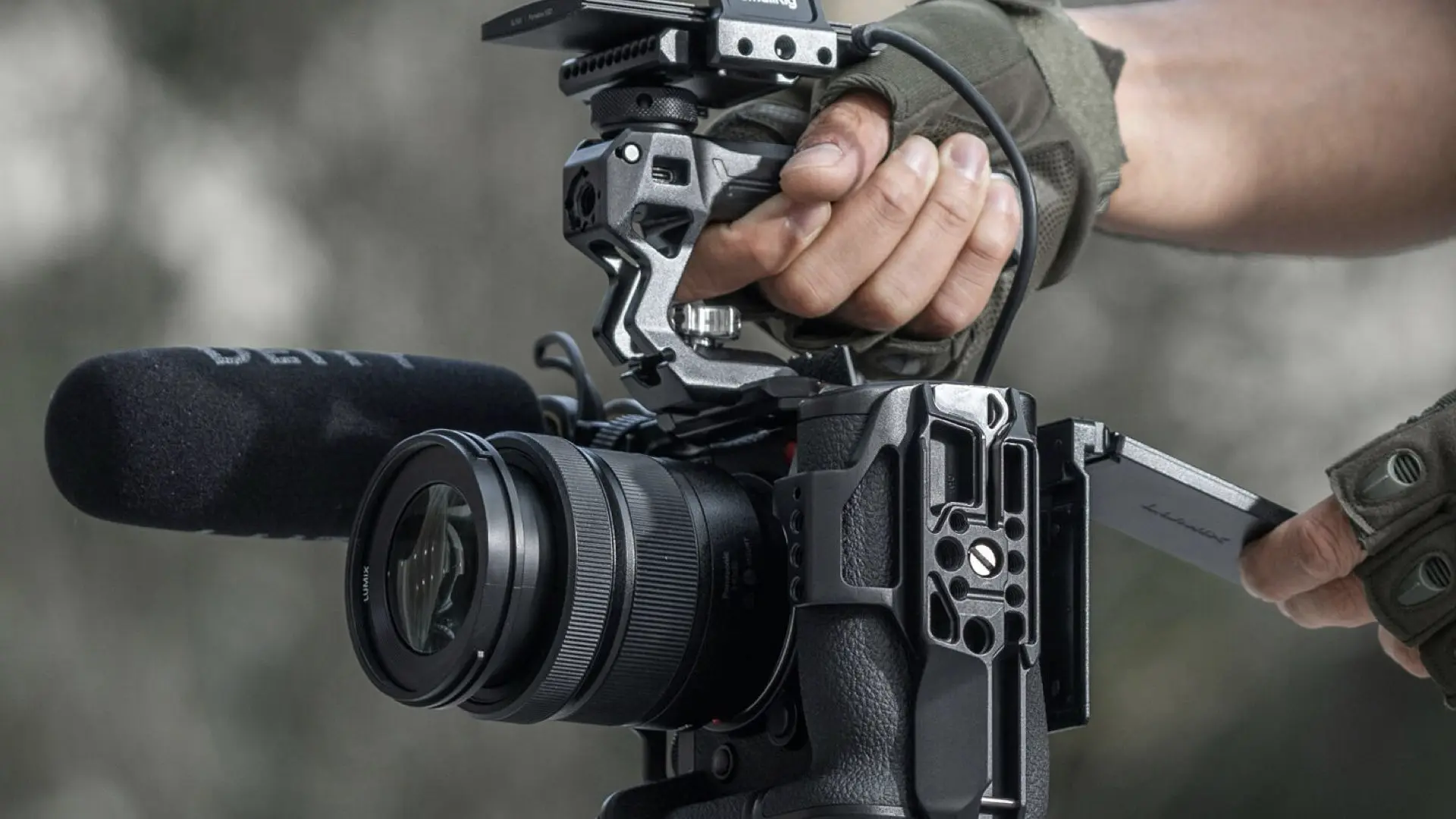
Conclusion: From VariCam to Versatility
The Panasonic LUMIX S1 II and S1 IIE are more than just iterative updates—they signal a thoughtful re-alignment of the company’s imaging priorities. Panasonic is clearly betting on hybrid cameras as the future of visual storytelling. By integrating professional video capabilities, broadcast features, and cutting-edge sensor technology into its LUMIX line, the company is redefining what a “cinema camera” can be. This doesn’t necessarily mean the end of Panasonic’s role in cinema—it means that cinema is now being reimagined under the LUMIX umbrella. For hybrid shooters and independent filmmakers alike, that would be a piece of good news.
Here are the featured products and where you can buy them:

